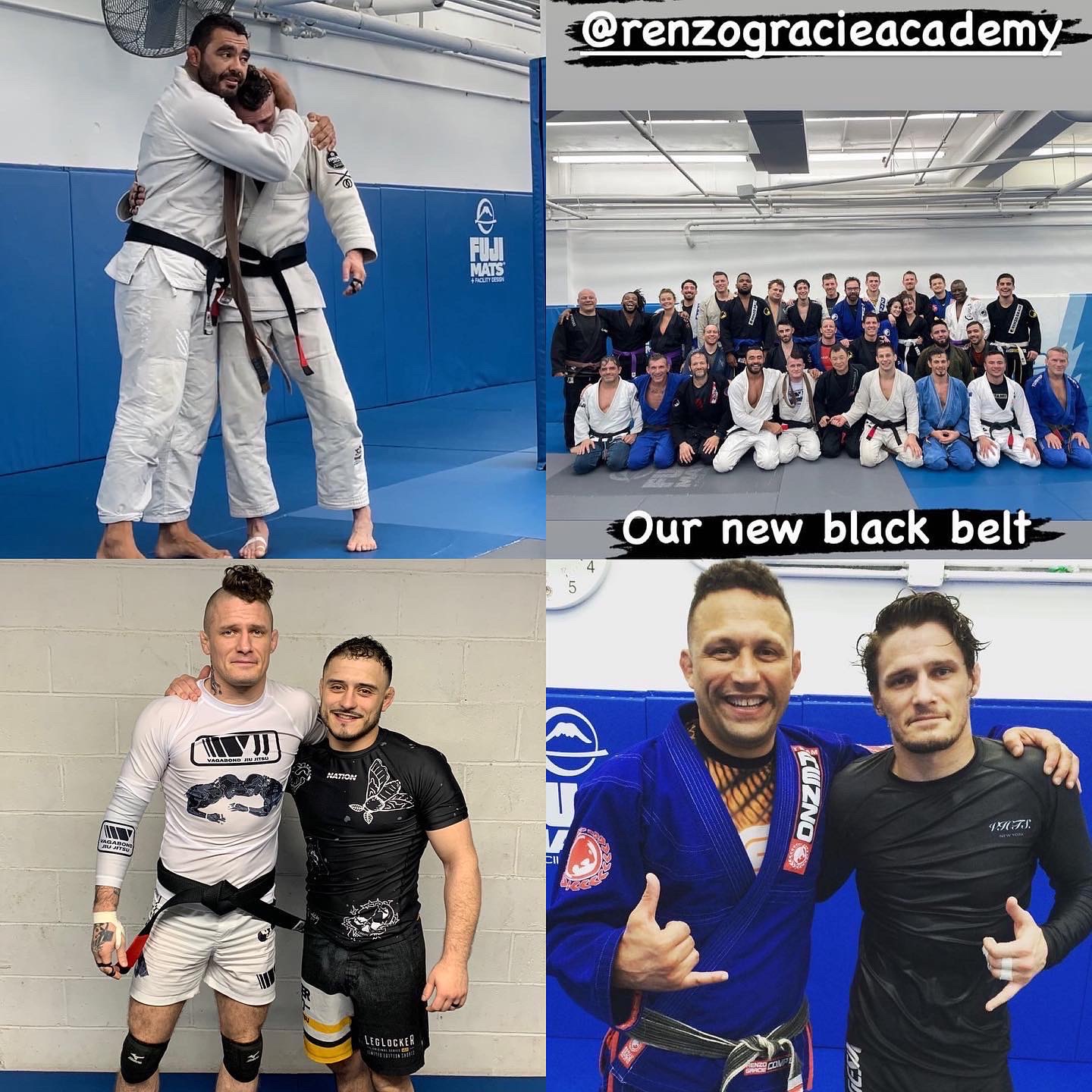From the beginner takedown curriculum I teach to folks with no takedown experience: ankle picks, foot sweeps, single legs, & Sumi Gaeshi. There's also a brief 20 second or so gripping exchange where a student of mine is gripping for control, securing the cross collar grip, and stripping the grips of her opponent.
The longer I coach and teach and continue to compete, the more the challenge becomes not only what can I teach you how to do from my own game and from the game(s) of others, but how efficiently can I streamline this process for a competitor and can I do this with someone with little no no previous background? Efficiency and speed of skill acquisition has become the new litmus test for skill implementation in competition rather than simply - can they do the technique, but rather, how quickly can I structure training to make skill acquisition as efficient as possible without sacrificing technique/cutting corners?
Once I feel the core set of basics along with footwork and grips is taught, we can then begin to specialize. Student will begin to branch off in various directions with takedowns and throws based on preference, taste, et cetera.
Loose description of the evolution of which takedowns I utilize depending which sport:
I was originally a shoulder throw/seionage-centric competitor because my Judo coach was. Beyond a certain point, he asked what I wanted to be my next study. I asked what was one of the hardest throws/falls to take when done correctly - he said Tai Otoshi. So began the next 6-8 years of focusing on Tai Otoshi with some spare time devoted to other throws along the way. Later, I had several coaches as part of a college club sport and there I picked up other throws along the way: kata guruma, uchimata, haraigoshi, tomoenage.
None of them truly stuck with me as core things I look for when implementing my A game. On the feet, against another competent thrower, I am ultimately looking for Tai Otoshi in one of the many forms I've practiced.
The transition then to MMA offered the chance to pick up wrestling, and find out the hard way through trial and error what throws worked best in fighting and against wrestling-centric opponents. I picked up bodylock variations of the inside and outside trip, uchimata and haraigoshi from a whizzer and tricep grip, and a kimura reversal as part of defending the single leg.
Then moving to Brazilian JiuJitsu Gi competition I started implementing for foot sweeps and variety of throws designed to take advantage of bent over/defensive posture, bad habits often seen in Gi competitors on the feet, and designed to simply hit the best throw for however they approached me, be it right or left foot lead/whichever grips, et cetera. Gi competition taught me to emphasize a wider variety of throws depending on their posture/stance and to get the takedown early as at any point they can sit to guard by barely making contact. My core set of attacks were: foot sweeps, uchimata, sumi gaeshi, and kouchigari.
Finally, moving over to submission grappling, I again began to work on my wrestling-centric and alternative grips without the Gi. At this point continued knee problems and instability along with a periodic string of small knee injuries/tweaks limited the amount of wrestling and stand-up fighting for the takedown I was willing to do and toward the end was even limiting my ability to pass to my right side, which is why in no matches from the past year and a half in NoGi have you seen me fight for the takedown. I'm excited to have my right leg back in action when I return from recovery and implement both what I used to be able to do and some new theories I have about the Gi and NoGi takedown game for Gi and Submission grappling competition.
This is a challenge I appreciate. Folks who aren't full-time athletes. Folks who don't live off their parents bank account and train twice a day and play video games and smoke weed.
Folks who train maybe 2 or 3 sessions a week sometimes, and have to fit in training after running a business, picking up their kids from school, et cetera. To be sure, I appreciate test lab working on the finer points with folks who actually have high level takedown experience, but this is rare, and so often, it's sport centric - it's tuned to a high level in what they spend a decade plus. Less often do I find someone who's translated a takedown skill into several disciplines.
I learned through trial and error how to translate my Judo (freestyle it's called now because it included things like ankle picks and double legs) into my MMA fights, submission grappling, Brazilian JiuJitsu competition, and even as a bouncer working the door for several years downtown.

No comments:
Post a Comment